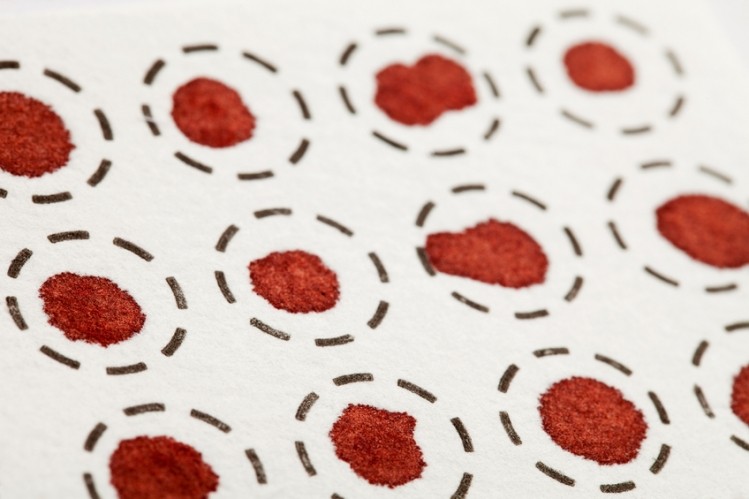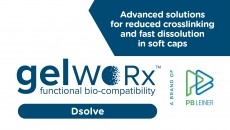EFSA updating bioavailability of nutrients; seeks 'explicit definitions'

EFSA’s Panel on Food Additives and Nutrient Sources (ANS Panel) will update safety evaluation guidance for nutrients “in light of the experience accrued by the ANS Panel over recent years and the evolving principles of risk assessment in the area of food ingredients.”
The update will bring in the latest guidance on novel food ingredients, GMOs and nanomaterial as well as replace the SCF’s “older paradigm” with a “tiered approach to toxicological testing” using the principles of replacement, reduction and refinement (the 3Rs) to avoid animal testing where possible.
As well as revising it will also fill in perceived data gaps.
“With respect to the bioavailability of the nutrient from the source, the current [SCF] guidance neither provides a definition for this nor indicates which parameters should be measured for demonstrating bioavailability of the nutrient (or other ingredient) from its source following oral absorption,” EFSA wrote in the concept paper this week.
Instead in the past the ANS Panel has interpreted bioavailability as the amount of the nutrient ‘systematically available’ through levels in plasma or urine for example. However it said an “explicit definition” would be outlined in the upcoming guidance.
Comments from stakeholders and interested parties on the concept paper are invited until 20 July 2016. A draft of the guidance is then expected to be opened for public consultation in the first quarter of 2017, with final adoption set for June 2017.
"This is an opportunity to use your information, experience and insights to help us produce modern, made-to-measure guidance that protects European consumers," the agency said in its release.
Comments can be submitted here.
















